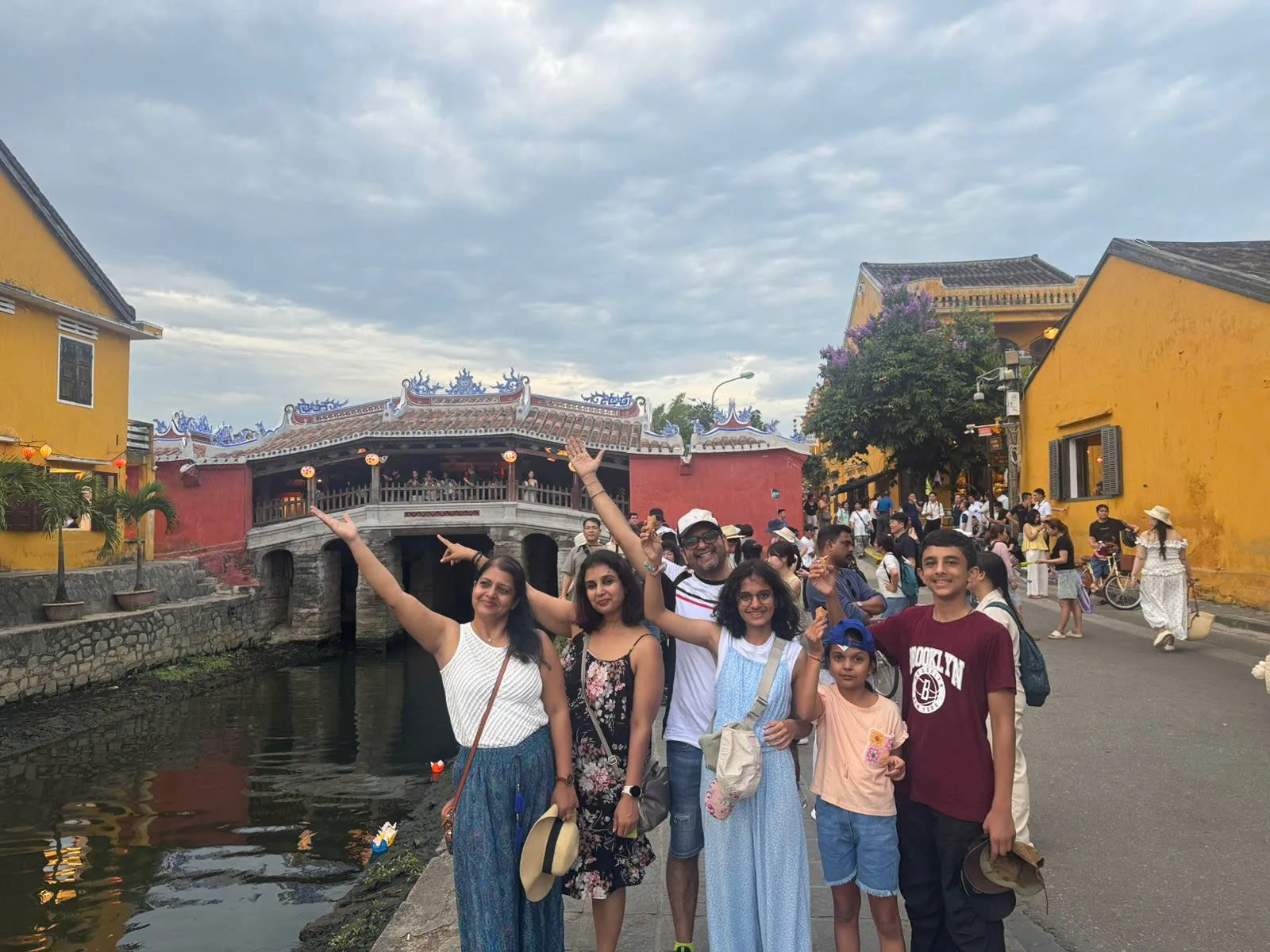 This guide will walk you through Thailand’s weather patterns, seasonal highlights, regional differences, and major festivals so you can plan a trip tailored to your ideal travel style—whether you’re chasing sunshine, savings, or cultural immersion.
This guide will walk you through Thailand’s weather patterns, seasonal highlights, regional differences, and major festivals so you can plan a trip tailored to your ideal travel style—whether you’re chasing sunshine, savings, or cultural immersion.
Thailand’s seasons explained: When the skies shine & when the rains pour
Thailand’s climate falls into three main seasons: Cool & Dry, Hot, and Rainy. Understanding these will help you avoid surprises—and pack appropriately.
Cool & dry season (november to february): Peak weather, peak crowds
This is the most popular time to visit Thailand, especially among first-time travelers. Pleasant temperatures (20–30°C), low humidity, and minimal rainfall make it ideal for sightseeing, trekking, and lounging on the beach.
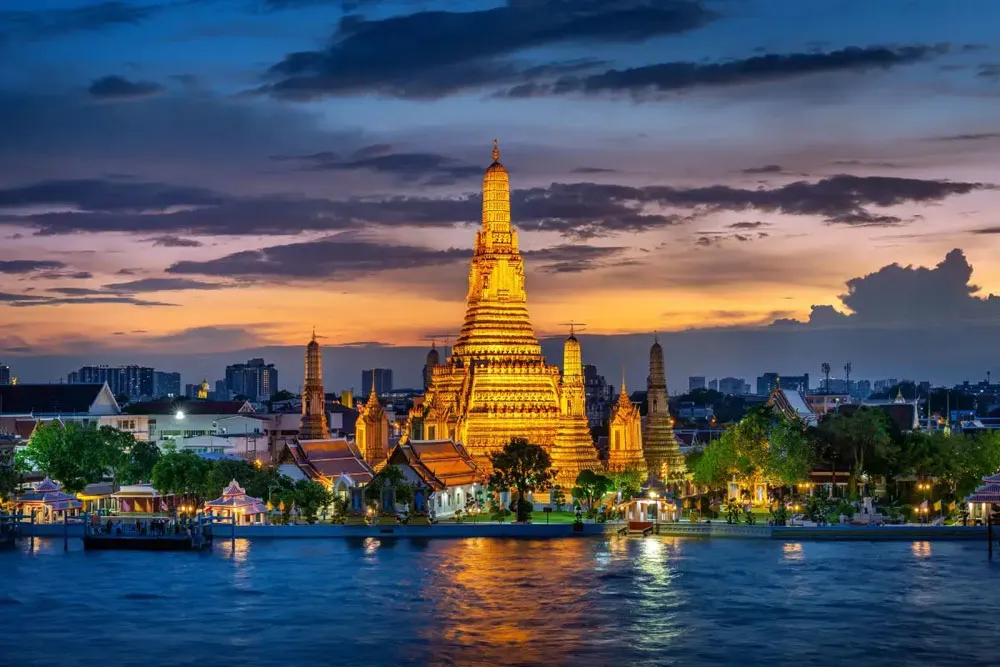
-
Pros: Comfortable temperatures, perfect beach weather, most festivals
-
Cons: Higher prices, busy tourist spots, early booking required
Hot season (march to may): Sunshine, sweat & songkran
Temperatures during these months can exceed 40°C in central and northern Thailand. Despite the heat, this season draws travelers eager to experience Songkran—Thailand’s world-famous water festival.

-
Pros: Cultural events, vibrant street life, less crowded temples
-
Cons: Intense heat, risk of heat exhaustion, some haze in the north
Rainy/green season (june to october): Wet roads, lower rates & lush scenery
The southwest monsoon brings short, intense downpours—often in the afternoon or evening. It’s not a washout, though. Many regions remain travelable, and the countryside becomes beautifully green.

-
Pros: Fewer crowds, low-season prices, dramatic landscapes
-
Cons: Flooding in some areas, occasional travel delays
Best time to visit Thailand by region: Tailor your trip by destination
Thailand’s diverse geography means weather varies across regions. Here’s what to expect depending on where you’re headed.
Northern Thailand (Chiang Mai, Pai): Misty mornings & lantern magic
Best time: November to February
This region is best during the cool season, when the air is fresh and skies are clear. Avoid March–April due to the “burning season,” when farmers burn crops, creating heavy smog.

Central Thailand (Bangkok, Ayutthaya): Explore palaces in comfort
Best time: November to January
The capital can be stifling in summer, so visit during the cool season for temple-hopping and street food adventures.
-
Great for: History buffs, shopping, royal palaces
-
Best deals: May and October (shoulder season)
Andaman Coast (Phuket, Krabi): Dry sands & stunning sunsets
Best time: November to April
Expect calm seas, sunny skies, and excellent conditions for diving, island hopping, and beach lounging.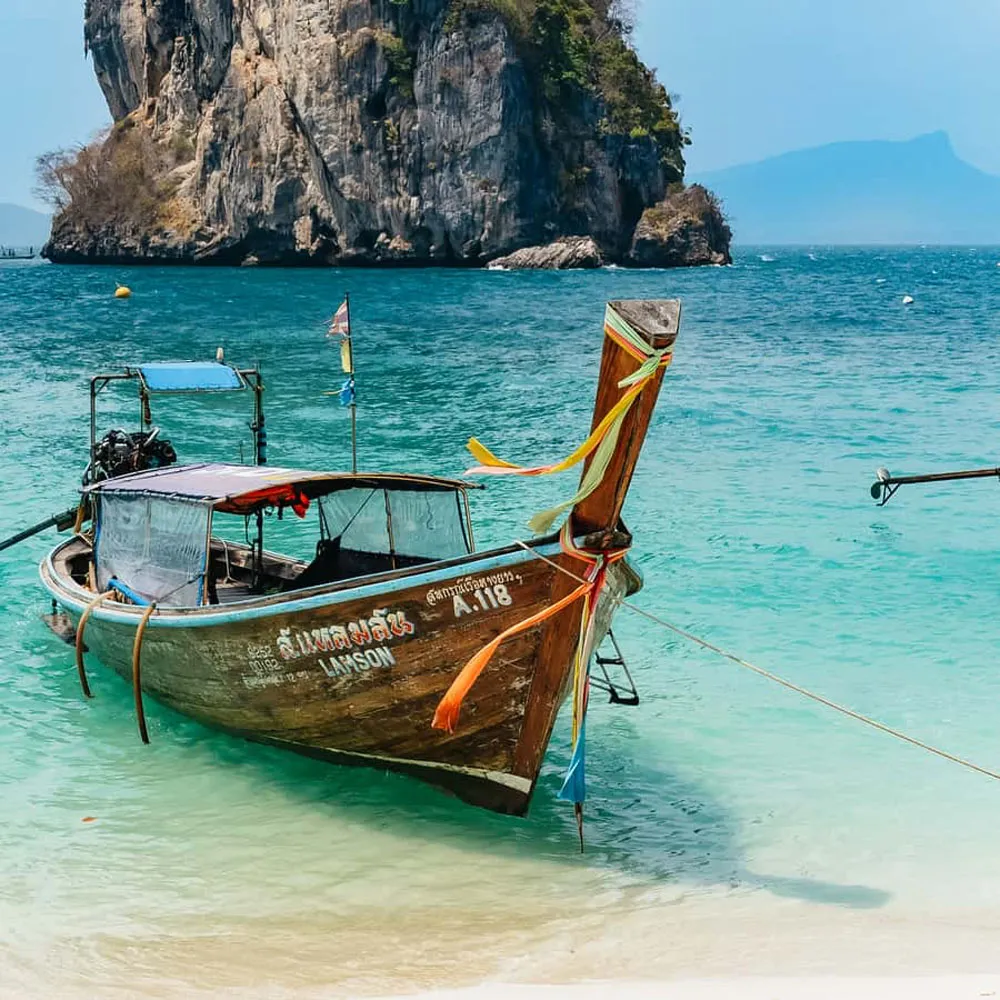
Gulf of Thailand (Koh Samui, Koh Tao): Great Escape in Thai Summer
Best time: December to March
Unlike the west coast, the Gulf stays relatively dry in July–September, making it a smart pick during Thailand’s wettest months.
When to go based on what you want (crowds, cost & climate)
Here’s how to time your trip based on personal priorities:
-
Beaches & Blue Skies: November to March
-
Cultural Festivals: April (Songkran), November (Loy Krathong)
-
Budget Travel: June to September (rainy season)
-
Peaceful Escape: May and October (shoulder seasons)
Top Thai festivals that could define your trip
Songkran Festival (April): Thailand’s water fight extravaganza
Thailand celebrates its traditional New Year by turning the streets into a nationwide water fight. Bangkok and Chiang Mai host the largest events.
Loy Krathong & Yi Peng (November): Floating lanterns & cultural beauty
Celebrate spiritual cleansing by floating candle-lit offerings on rivers or releasing sky lanterns in Chiang Mai.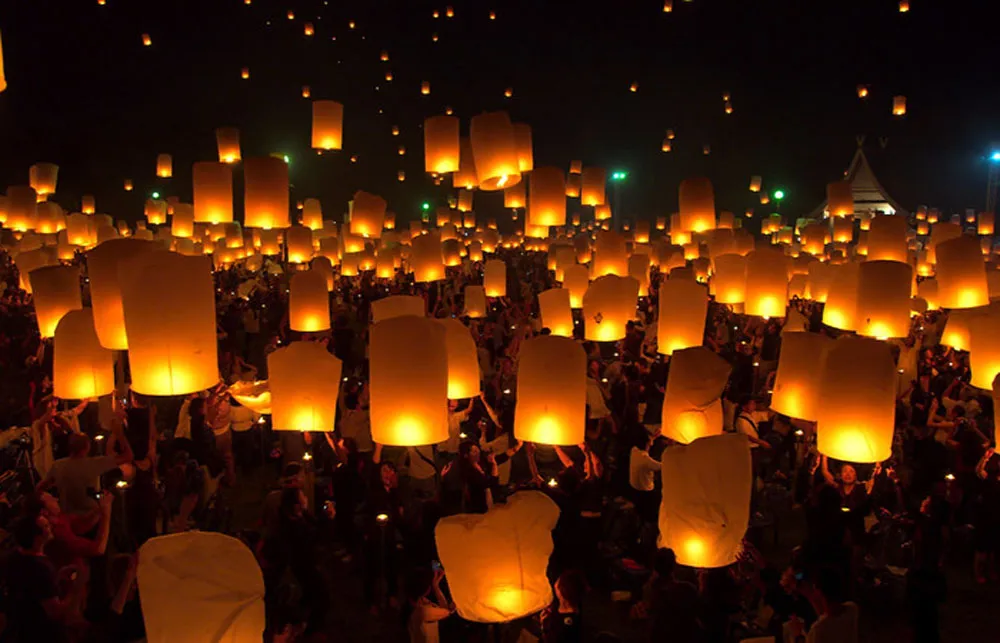
Phuket Vegetarian Festival (October): Extreme acts & vegan feasts
Witness parades, firewalking, and piercing rituals in a fascinating blend of Taoist traditions and Thai belief.
Travel tips by season: Pack, plan & save like a pro
-
Cool Season: Pack layers and sun protection; book hotels early
-
Hot Season: Lightweight, breathable clothing; hydrate often
-
Rainy Season: Bring a poncho, mosquito repellent, and waterproof shoes
Booking Tip: Flights and accommodations sell out fast during December to February—book at least 3–6 months ahead.
Health Tip: Check air quality before visiting northern Thailand in March–April. Sensitive travelers may want to avoid it.
Final thoughts: Plan your trip with the seasons in mind
Thailand offers something special in every season, but timing your trip right will elevate your experience—from serene beaches and colorful festivals to authentic local encounters away from the crowds.
If you’re unsure when to go, let our local experts help you plan a custom itinerary based on your travel goals, budget, and schedule.
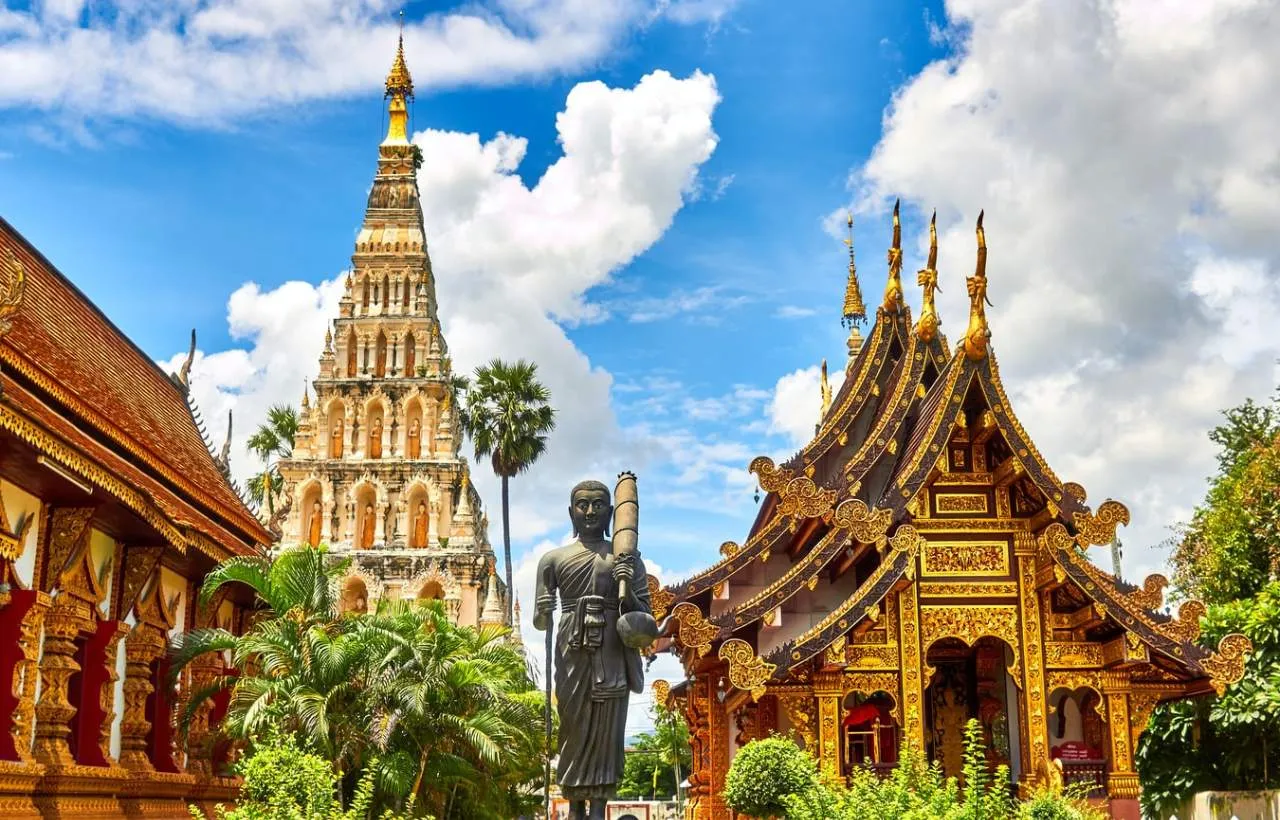
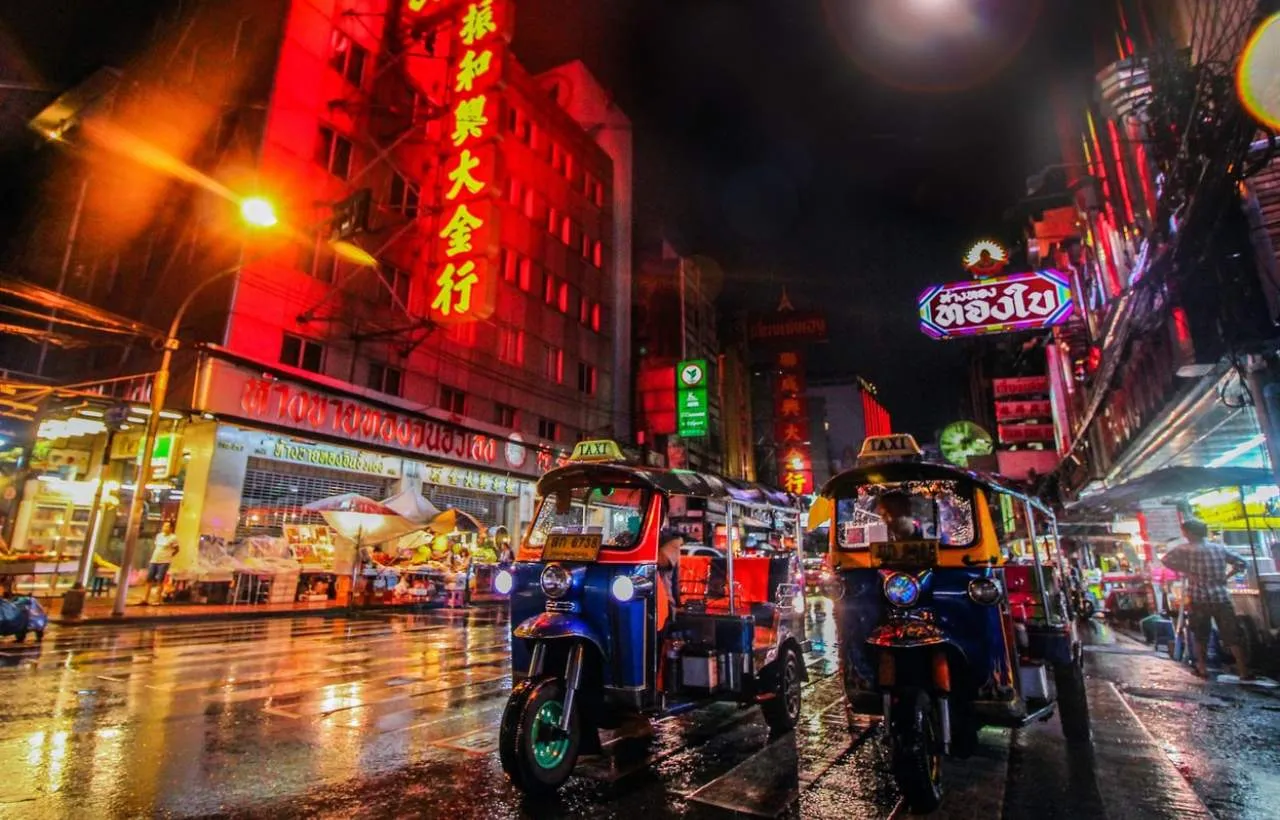
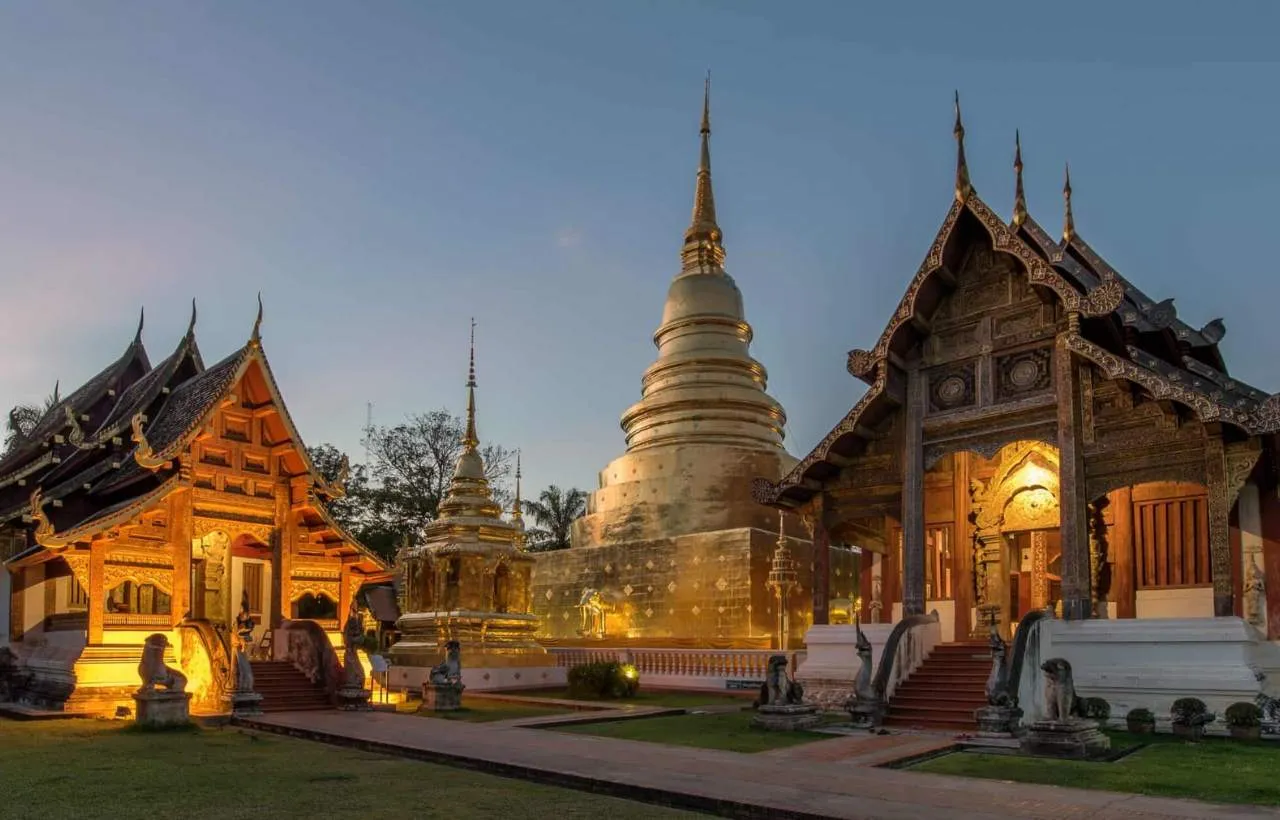

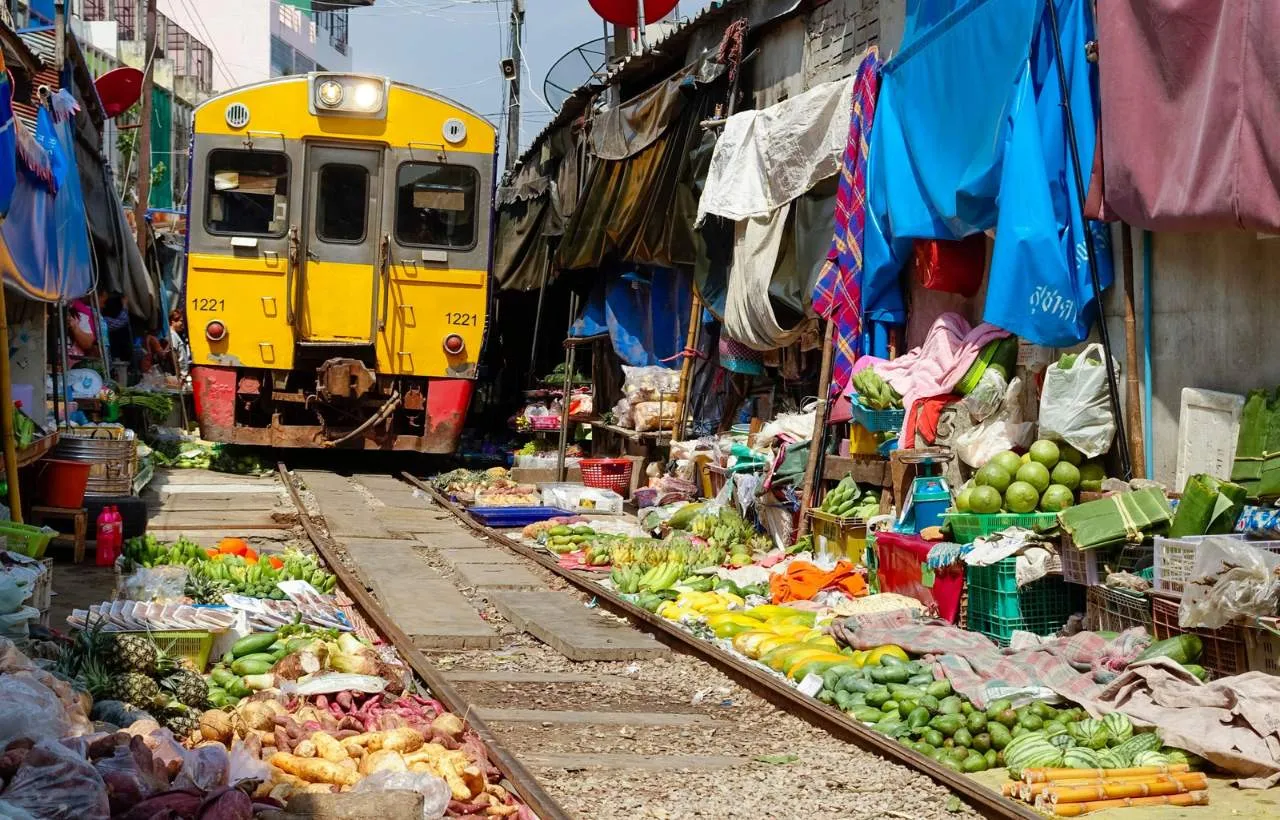
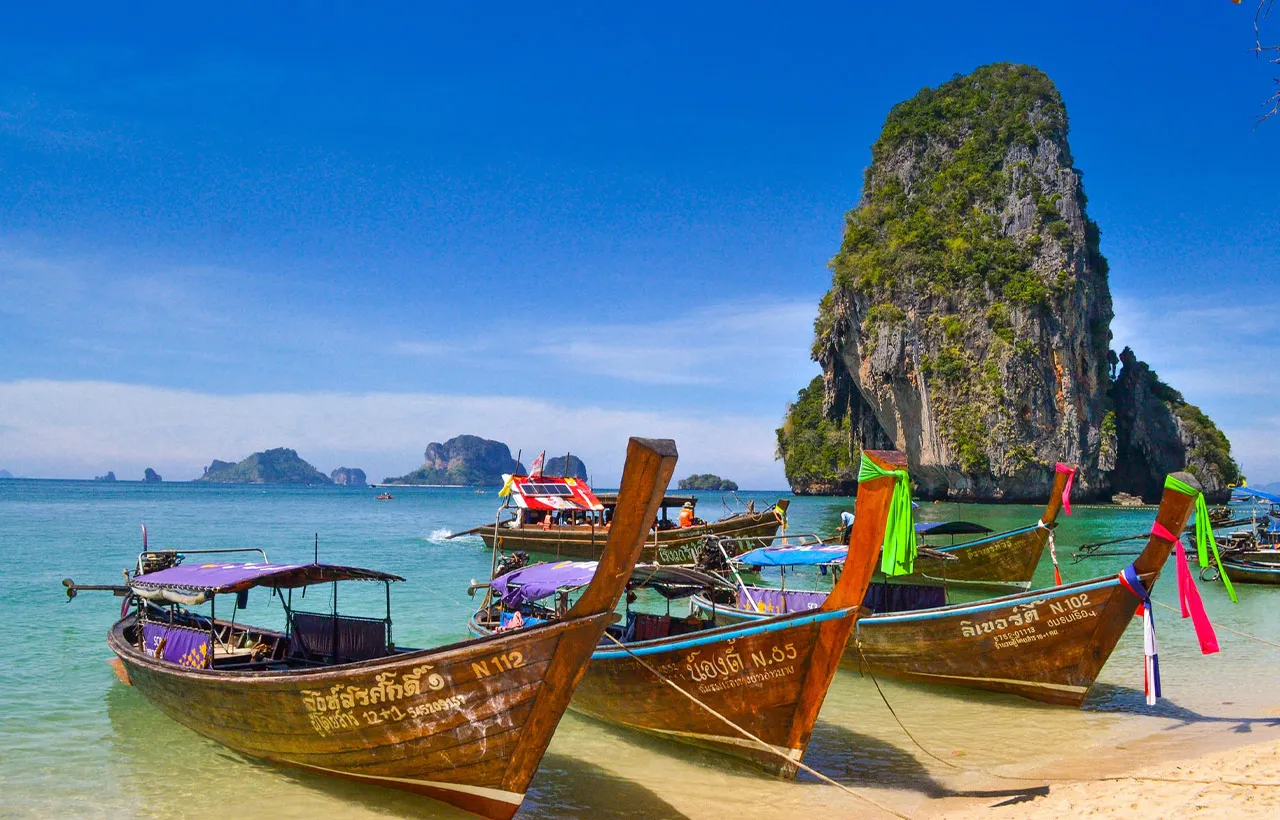








 This guide will walk you through Thailand’s weather patterns, seasonal highlights, regional differences, and major festivals so you can plan a trip tailored to your ideal travel style—whether you’re chasing sunshine, savings, or cultural immersion.
This guide will walk you through Thailand’s weather patterns, seasonal highlights, regional differences, and major festivals so you can plan a trip tailored to your ideal travel style—whether you’re chasing sunshine, savings, or cultural immersion.









 Adventure and relaxation between the wings in Sapa _ Fly Sapa Paragliding.webp)


 View trip map
View trip map







